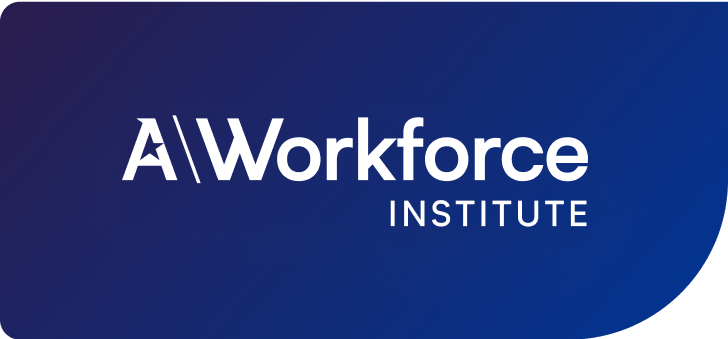2023 Engagement and Retention Report
The future is flexible: 2023 workforce trends
Updated on February 7, 2023

This resource is brought to you by:
Topics Covered:
Attracting and retaining talent
6th annual Engagement and Retention Report
Employees are reiterating and reinforcing their expectation for work flexibility in 2023, according to the latest report from Achievers Workforce Institute.
Flexibility is a force for both attraction and retention, as shown by the 2023 Engagement and Retention report based on a survey of more than 5,000 people worldwide.
What are the job-seeking trends for 2023?
Looking at the five-year trend of job seeking plans, Achievers Workforce Institute data shows that 2023 is returning to pre-pandemic levels, with just over a third of workers planning to actively job seek. A further quarter say they are uncertain about their plans at this stage.
What is the number one reason for job hunting in 2023?
Career progression and work flexibility were equal as the top reasons employees will job hunt in 2023. This is the first time that this annual report has found flexibility to be a top reason for changing roles.
The finding confirms data from the AWI’s 2022 Tech-Enabled Employee Experience Report, which found work flexibility was the number one reason people changed jobs during the pandemic.
What is the number one reason employees would stay in their job in 2023?
Work flexibility is the top reason for staying in a job in 2023, with 28% of respondents citing this as their main motivation for not job hunting.
How should I approach work flexibility?
Organisations should embrace work flexibility as a practice, not a place. Employees have a holistic viewpoint of flexibility — it’s a style of work that enables them to live rich and productive lives both at and outside the workplace. Can employees take time to see a doctor, stay home with sick children, or adjust hours to meet outside needs? These and other scenarios are real-world moments that demonstrate an organisation’s dedication to work flexibility.
What is flexibility for offline workers?
Many employers define flexibility in such a way that it excludes offline workers. However, offline workers who say they are able to work in the way they prefer are more likely to be engaged, productive, and committed to their role. Like online workers, the critical step to improving flexibility for offline workers is to ask them what they want and need.
From paid time off, including sick leave, to regular shifts, there are a lot of ways that employers can give offline workers the flexibility they need to meet their home-life needs as well as professional requirements. In a time when many are struggling to attract the talent they need, being an employer that offers flexibility could be a key differentiator for your employee value proposition.
Flexibility means different things to different people, which means that leaders across every industry and geography must investigate and define what it means for their specific workforce. There is no one-size-fits-all approach, but by learning from research and best practices, organisations can create a work environment that supports the success of every employee.
Read the 2023 Engagement and Retention report today
Workplace flexibility
Achievers allows employees to choose from one of four work-style personas.
Learn about the Achievers approach
Join our mailing list
Stay up to date with the latest in workforce science from Achievers Workforce Institute.
